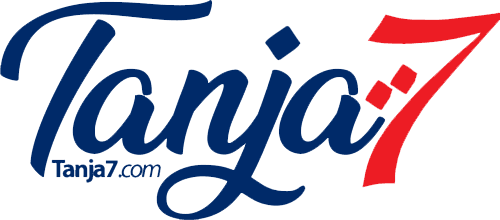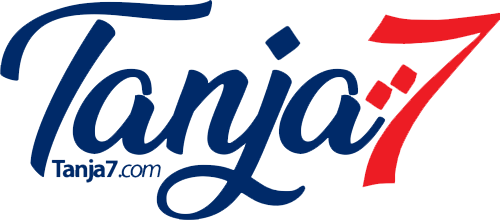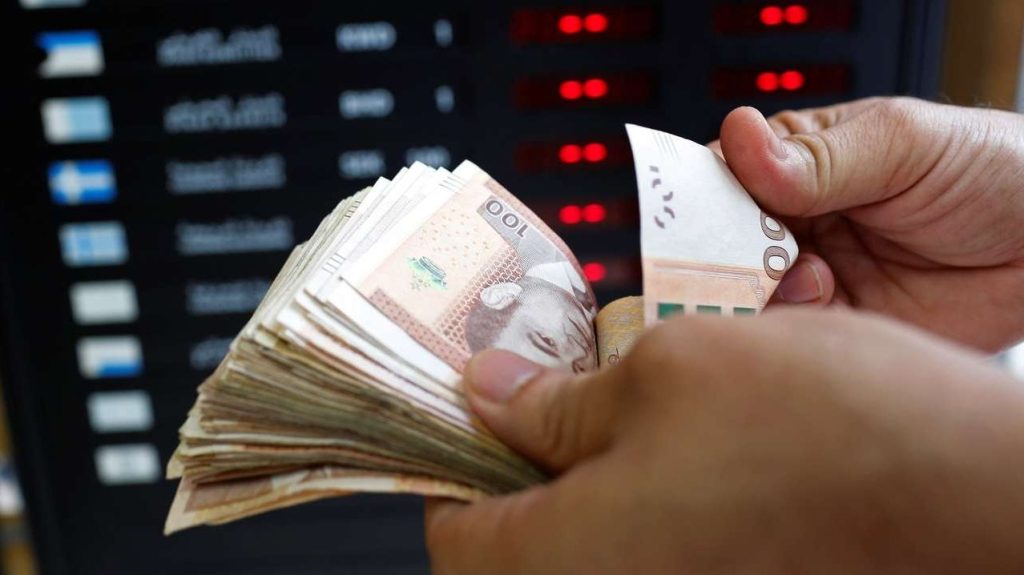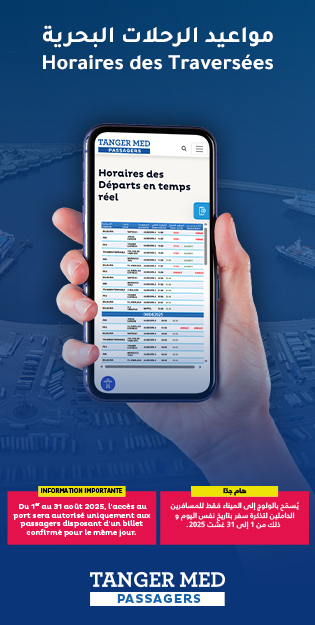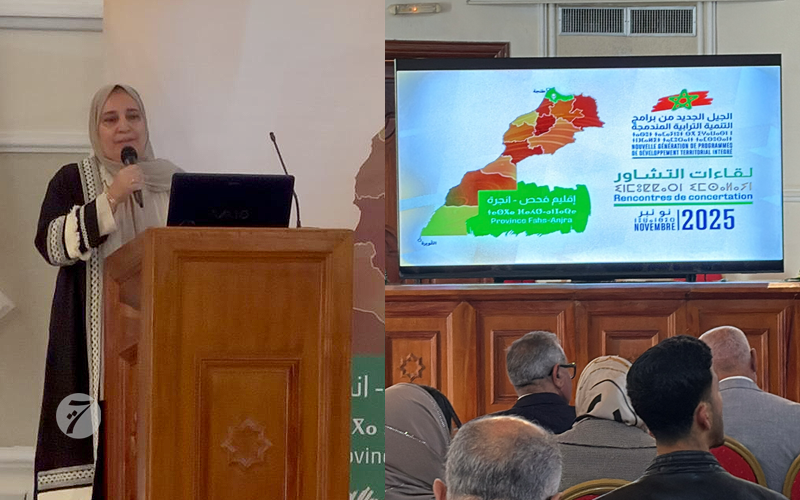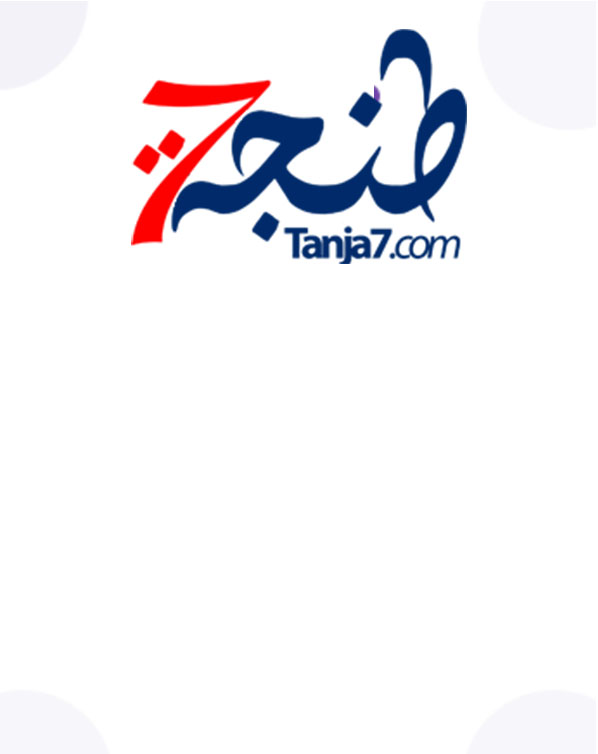Bank of Morocco Grants License for First Debt Securitization
During a press conference in Rabat on June 24, Abdul Latif Jihari, Governor of the Bank of Morocco, announced the approval of the country’s first debt securitization operation executed by a Moroccan bank. This initiative aims to enhance the financial stability of the banking sector.
Jihari further revealed a study for a second securitization project. These developments come amid ongoing efforts to reduce tax constraints and complete the regulatory framework necessary for establishing an effective secondary market for distressed debts.
Understanding Debt Securitization
Debt securitization is a financial process that allows banks to convert non-performing or potentially uncollectible debts into tradable securities. This strategy frees banks from poor assets, enhances liquidity, reduces financial risks, and supports economic growth. It is a modern tool for debt management, especially given the increasing burden of distressed debts on banks.
The Securitization Process
The process involves several organized steps to ensure successful execution:
-
Debt Aggregation: Banks compile a portfolio of distressed debts, such as unpaid mortgages or personal loans, based on specific criteria like value and collectability.
-
Transfer to a Special Purpose Vehicle (SPV): The debts are sold at a discounted price to a separate entity, known as a Special Purpose Vehicle. This separation mitigates risks for the bank.
-
Issuance of Securities: The SPV converts the debts into Asset-Backed Securities (ABS), which are then offered to investors in the financial markets. The success of these securities depends on the collectability of the underlying debts.
-
Distribution of Returns: Once some or all debts are collected, returns are distributed to investors based on the issuance terms, which may include interest payments or repayments from borrowers.
- Risk Management: Careful assessment of debts is crucial to determining their risk levels. Securities are often rated in different tranches based on risk, allowing investors to select suitable options for their investment strategies.
Importance of Debt Securitization in Morocco
This process provides multiple strategic benefits for the Moroccan banking sector:
-
Enhancing Liquidity: Securitization enables banks to convert illiquid assets into immediate cash, improving their capacity to issue new loans and support investment projects.
-
Improving Financial Resilience: Eliminating distressed debts helps banks enhance their financial statements, which is in line with international regulatory requirements, such as Basel III.
-
Reducing Risks: The transfer of default risks to specialized investors, who have expertise in managing and collecting debts, mitigates exposure for banks.
-
Supporting Economic Growth: By freeing up capital, banks can finance new projects, thereby stimulating the local economy.
- Establishing a Secondary Market: Securitization contributes to the development of a secondary market for distressed debts, enhancing Morocco’s appeal as a regional financial hub.
Taxation and Regulatory Challenges
Despite progress, Jihari noted several challenges hindering optimal utilization of this mechanism:
-
Tax Constraints: Current tax regulations pose significant obstacles by mandating banks to retain distressed debts on their financial statements for extended periods before disposal, increasing administrative costs and slowing the securitization process. Efforts are underway with the government to amend these constraints.
-
Regulatory Framework: While provisions for automatic debt transfer to buyers are in place, there is a need to strengthen laws to protect all parties, including investors and debtors. Simplifying creditor notification processes and eliminating the necessity for debtor consent in debt transfers are essential.
-
Market Culture Development: The distressed debt market in Morocco is still in its infancy, requiring initiatives to educate investors and raise awareness about securitization benefits.
- Pricing Risks: Accurate valuation of distressed debts remains a challenge, as improper pricing could lead to losses for banks or investors, necessitating transparent and reliable assessment mechanisms.
Economic Context and the Role of Bank of Morocco
This announcement comes in the context of rising levels of distressed debts in Morocco’s banking sector, necessitating innovative solutions to alleviate pressure on banks. The Bank of Morocco plays a key role in supporting this process through regulatory frameworks that encourage financial innovation while ensuring stability. Collaboration with the government’s secretariat highlights the state’s commitment to developing this market.
Future Prospects
With the authorization of the first securitization and plans for a second project, Morocco is moving towards establishing a robust secondary market for distressed debts. This initiative signifies not only a financial reform but also a strategy to bolster economic growth and enhance confidence in the banking sector. However, the success of this mechanism heavily depends on lifting tax constraints, improving regulatory frameworks, and increasing investor awareness.
